
NVIDIA announced at GTC 2025 the release of NVIDIA Holoscan 3.0, the real-time AI sensor processing platform. This latest version provides dynamic flow control, empowering developers to design more robust, scalable, and efficient systems. With physical AI rapidly evolving, Holoscan 3.0 is built to adapt, making it easier than ever to tackle the challenges of today��s dynamic environments.
]]>
Innovation in medical devices continues to accelerate, with a record number authorized by the FDA every year. When these new or updated devices are introduced to clinicians and patients, they require training to use them properly and safely. Once in use, clinicians or patients may need help troubleshooting issues. Medical devices are often accompanied by lengthy and technically complex��
]]>
The demand for real-time insights and autonomous decision-making is growing across industries, and healthcare and medical devices are no exception. Relying on real-time edge AI, the next generation of healthcare promises to deliver more precise treatments, improve patient outcomes, and increase operational efficiencies. Operating rooms of the future, for example��
]]>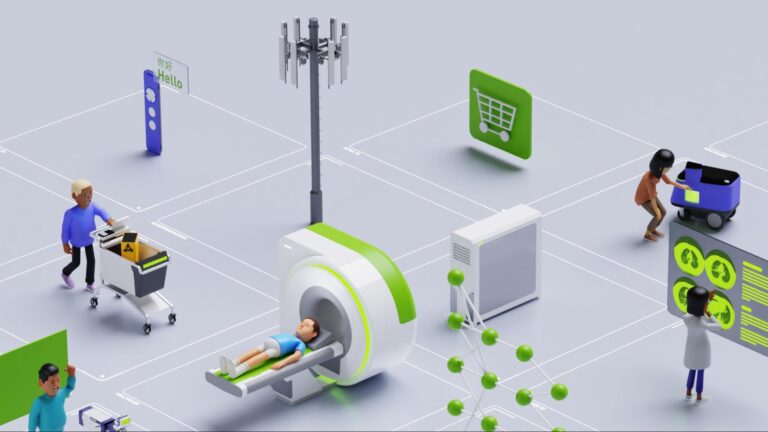
NVIDIA Holoscan is the NVIDIA domain-agnostic multimodal real-time AI sensor processing platform that delivers the foundation for developers to build their end-to-end sensor processing pipeline. NVIDIA Holoscan SDK features include: Holoscan SDK can be used to build streaming AI pipelines for a range of industries and use cases, including medical devices, high-performance computing at��
]]>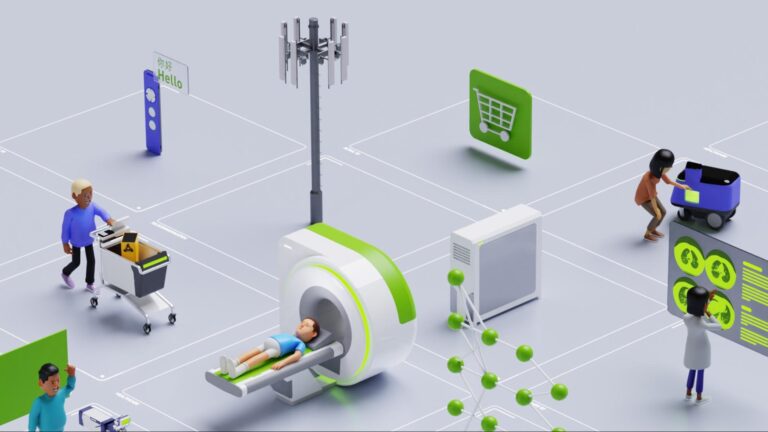
Edge AI developers are building AI applications and products for safety-critical and regulated use cases. With NVIDIA Holoscan 1.0, these applications can incorporate real-time insights and processing in milliseconds. With the recent release of NVIDIA Holoscan 1.0, developers can more easily build production-ready applications for multimodal, real-time sensor processing.
]]>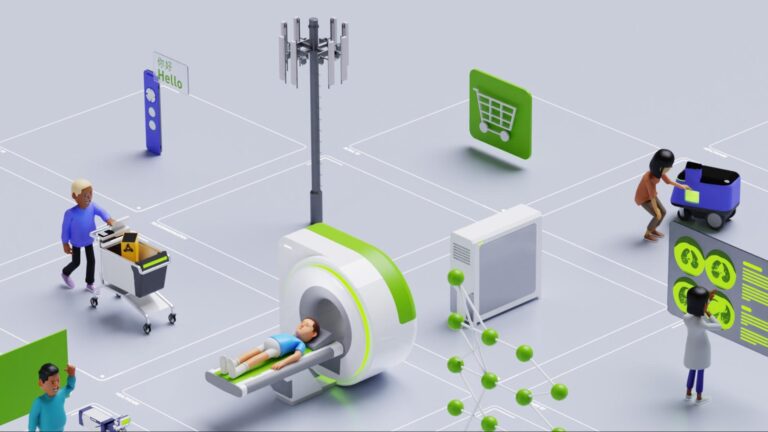
Demand for real-time insights and autonomous decision-making is growing in various industries. To meet this demand, we need scalable edge-solution platforms that can effectively process AI-enabled sensor data right at the source and scale out to on-premises or cloud compute resources. However, developers face many challenges in using AI and sensor processing at the edge: Before��
]]>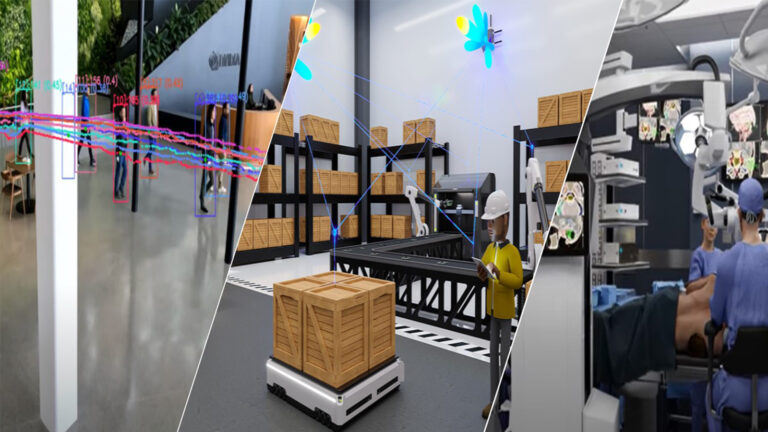
Edge AI applications, whether in airports, cars, military operations, or hospitals, rely on high-powered sensor streaming applications that enable real-time processing and decision-making. With its latest v0.5 release, the NVIDIA Holoscan SDK is ushering in a new wave of sensor-processing capabilities for the next generation of AI applications at the edge. This release also coincides with the��
]]>
Imagine you are about to embark on the mountain biking adventure of a lifetime. You have done all of the planning and training. Now, all you need is the perfect bike. You need the best shocks, tires, brakes, frame, handlebars, and seat. Imagine that all of these parts would come together in one package, preassembled, saving you time and money. NVIDIA IGX Orin offers a similar package to edge��
]]>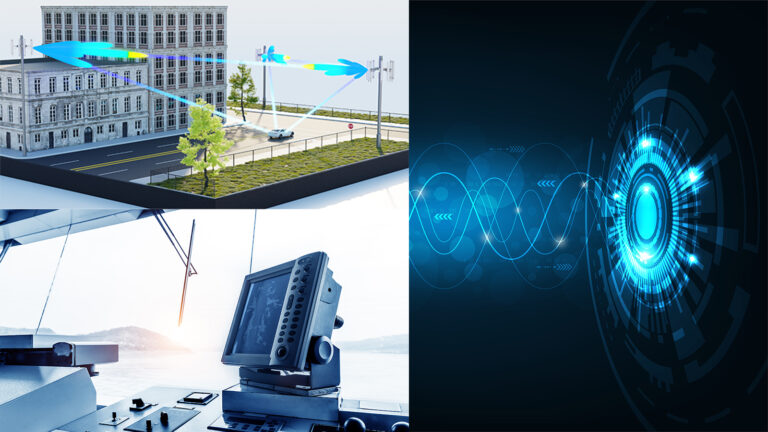 ]]>
]]>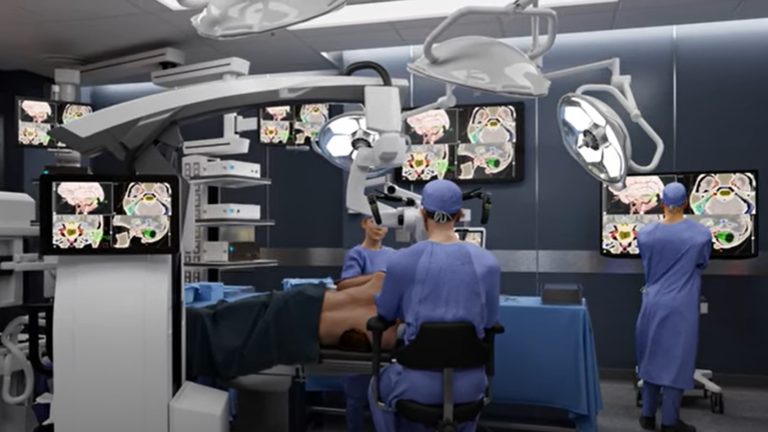
The computational needs for AI processing of sensor streams at the edge are increasingly demanding. Edge devices must keep up with high rates of incoming data streams, processing, displaying, archiving, and streaming results or closing a control loop in real time. This requires powerful, efficient, and accurate hardware and software solutions capable of high performance computing.
]]>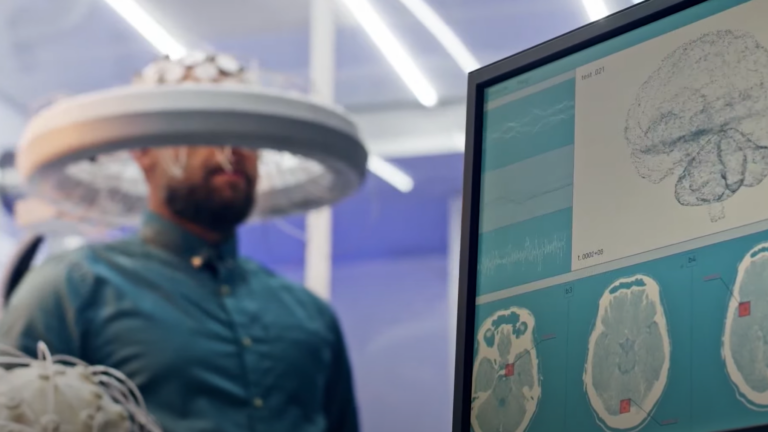
The ability to deploy real-time AI in clinics and research facilities is critical to enable the next frontiers in surgery, diagnostics, and drug discovery. From robotic surgery to studying new approaches in biology, doctors and scientists need medical devices to evolve into continuous sensing systems to research and treat disease. To realize the next generation of intelligent medical devices��
]]>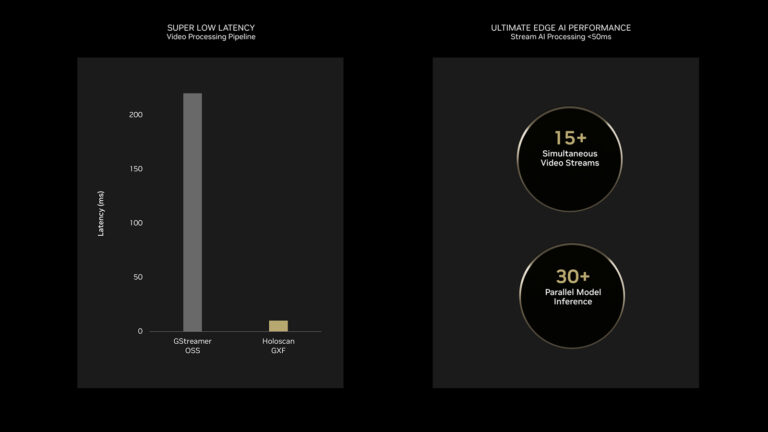
In the operating room, the latency and reliability of surgical video streams can make all the difference for patient outcomes. Ultra-high-speed frame rates from sensor inputs that enable next-generation AI applications can provide surgeons with new levels of real-time awareness and control. To build real-time AI capabilities into medical devices for use cases like surgical navigation��
]]>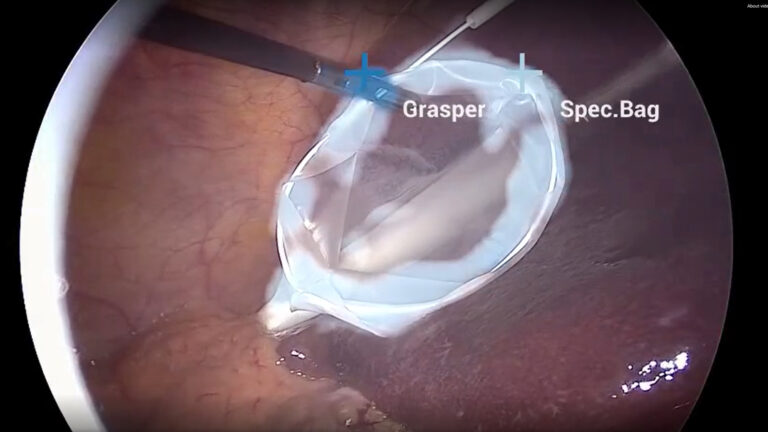
Clinical applications for AI are improving digital surgery, helping to reduce errors, provide consistency, and enable surgeon augmentations that were previously unimaginable. In endoscopy, a minimally invasive procedure used to examine the interior of an organ or cavity of a body, AI and accelerated computing are enabling better detection rates and visibility.
]]>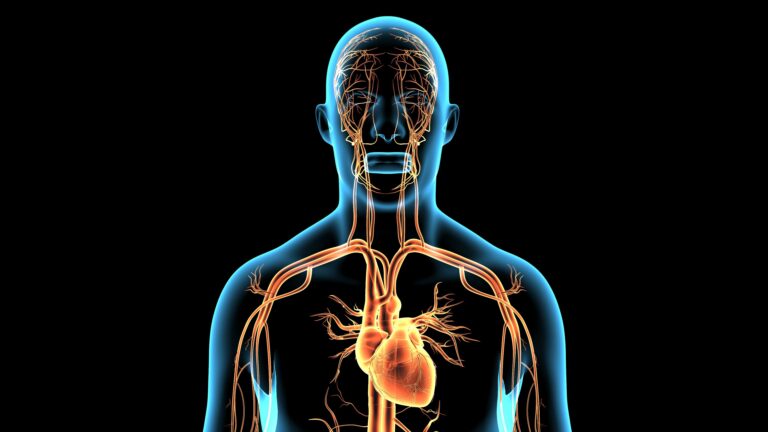
Doctors could soon evaluate Parkinson��s disease by having patients do one simple thing��sleep. A new study led by MIT researchers trains a neural network to analyze a person��s breathing patterns while sleeping and determine whether the subject has Parkinson��s. Recently published in Nature Medicine, the work could lead to earlier detection and treatment. ��Our goal was to create a method for��
]]>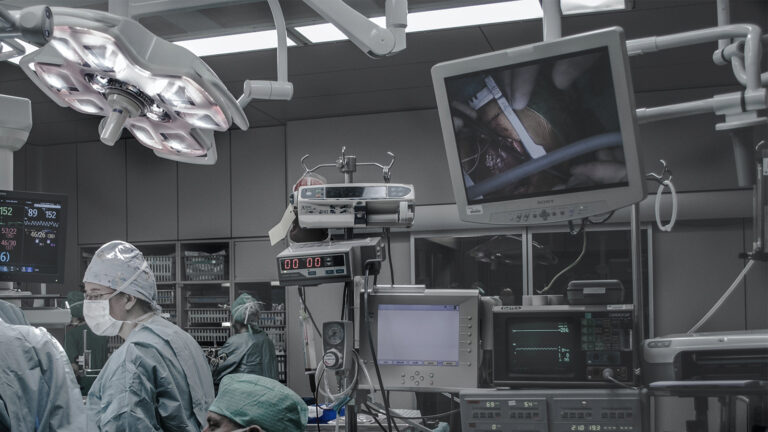
Advances in edge computing, video cameras, real-time processing, and AI have helped transform medical devices over the years. NVIDIA developed the NVIDIA Clara Holoscan platform to support the development of software-defined AI medical devices. The latest release of the NVIDIA Clara Holoscan SDK 0.2 offers real-time AI inference capabilities and fast I/O for high-performance streaming��
]]>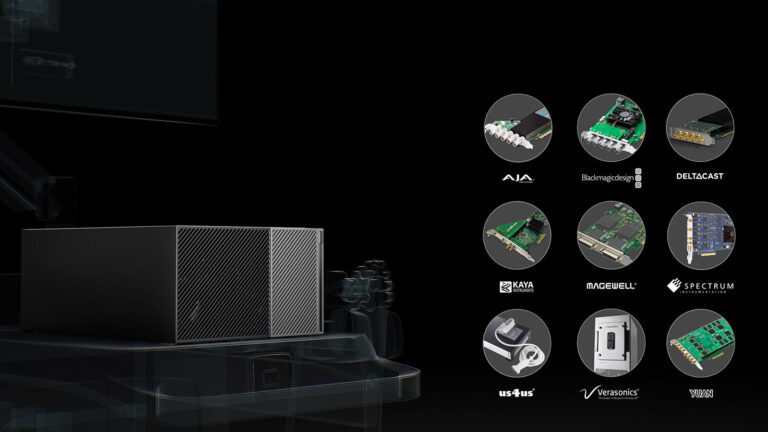
New advances in computation make it possible for medical devices to automatically detect, measure, predict, simulate, map, and guide clinical care teams. NVIDIA Clara Holoscan, the full-stack AI computing platform for medical devices, has added new sensor front-end partners for video capture, ultrasound research, data acquisition, and connection to legacy-medical devices.
]]>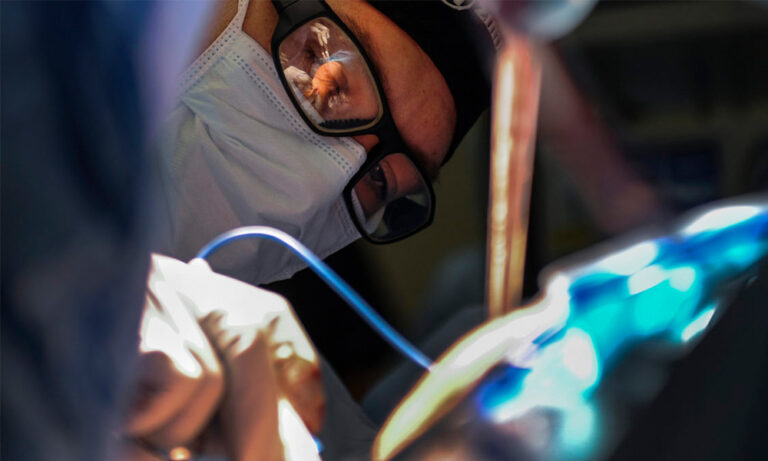
NVIDIA Clara Holoscan provides a scalable medical device computing platform for developers to create AI microservices and deliver insights in real time. The platform optimizes every stage of the data pipeline: from high-bandwidth data streaming and physics-based analysis to accelerated AI inference, and graphic visualizations. The NVIDIA Clara AGX Developer Kit, which is now available��
]]>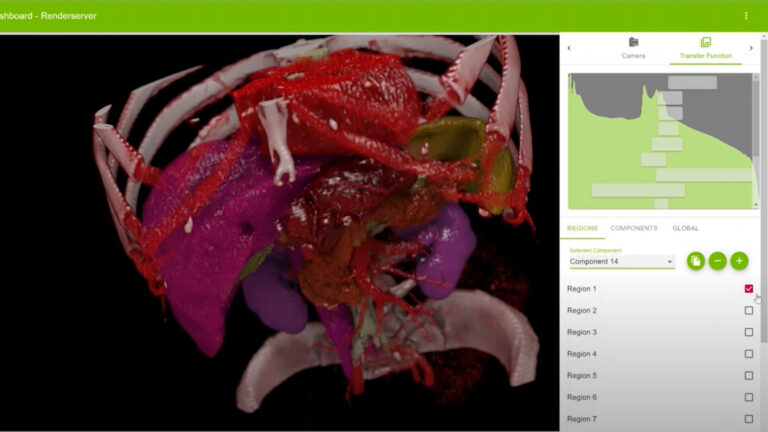
Watch NVIDIA founder and CEO Jensen Huang��s GTC keynote address streaming on Nov. 9 and in replay. Tune in to a healthcare special address by Kimberly Powell, NVIDIA VP of healthcare, on Nov. 9 at 10:30 a.m. Pacific. Subscribe to NVIDIA healthcare news. NVIDIA Clara Holoscan is the AI computing platform for medical devices that combines hardware systems for low-latency sensor and network��
]]>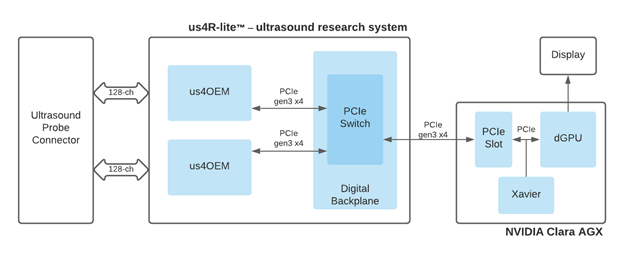
The NVIDIA Clara AGX development kit with the us4R ultrasound development system makes it possible to quickly develop and test a real-time AI processing system for ultrasound imaging. The Clara AGX development kit has an Arm CPU and high-performance RTX 6000 GPU. The us4R teamwork provides ultrasound system designers with the ability to develop, prototype, and test end-to-end software-defined��
]]>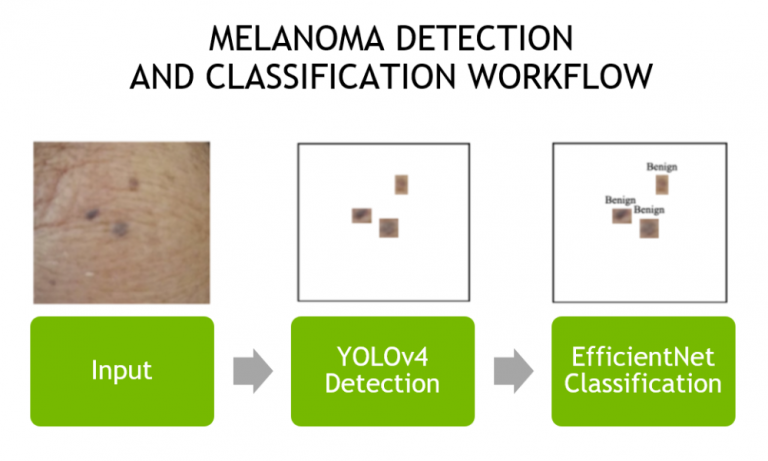
The most commonly diagnosed cancer in the US today is skin cancer. There are three main variants: melanoma, basal cell carcinoma (BCC), and squamous cell carcinoma (SCC). Though melanoma only accounts for roughly 1% of all skin cancers, it is the most fatal, metastasizing rapidly without early detection and treatment. This makes early detection critical, as numerous studies show significantly��
]]>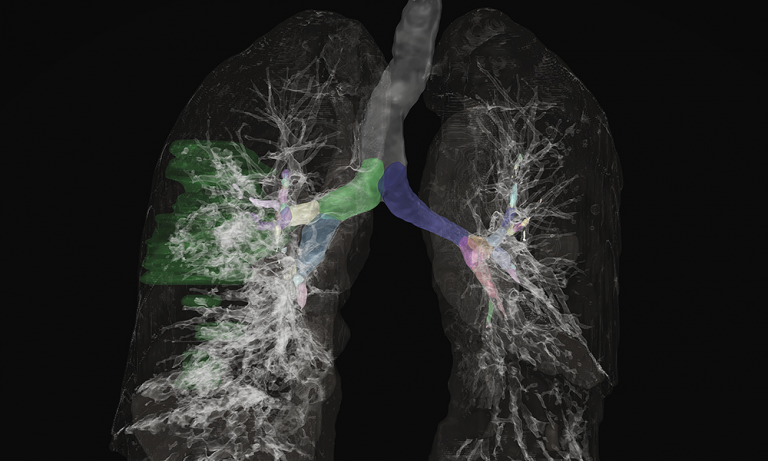
NVIDIA Clara AGX SDK 3.0 is available today! The Clara AGX SDK runs on the NVIDIA Jetson and Clara AGX platform and provides developers with capabilities to build end-to-end streaming workflows for medical imaging. The focus of this release is to provide added support for NGC containers, including TensorFlow and PyTorch frameworks, a new ultrasound application, and updated Transfer Learning��
]]>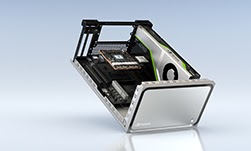
Medical device algorithm research and development has always required a specialized PC with high-end compute power to explore the most advanced algorithms. The invention of the parallel computing platform and programming model CUDA has driven the integration of NVIDIA GPUs in many medical devices, medical instruments, and models. This has enabled software development cycles for high��
]]>